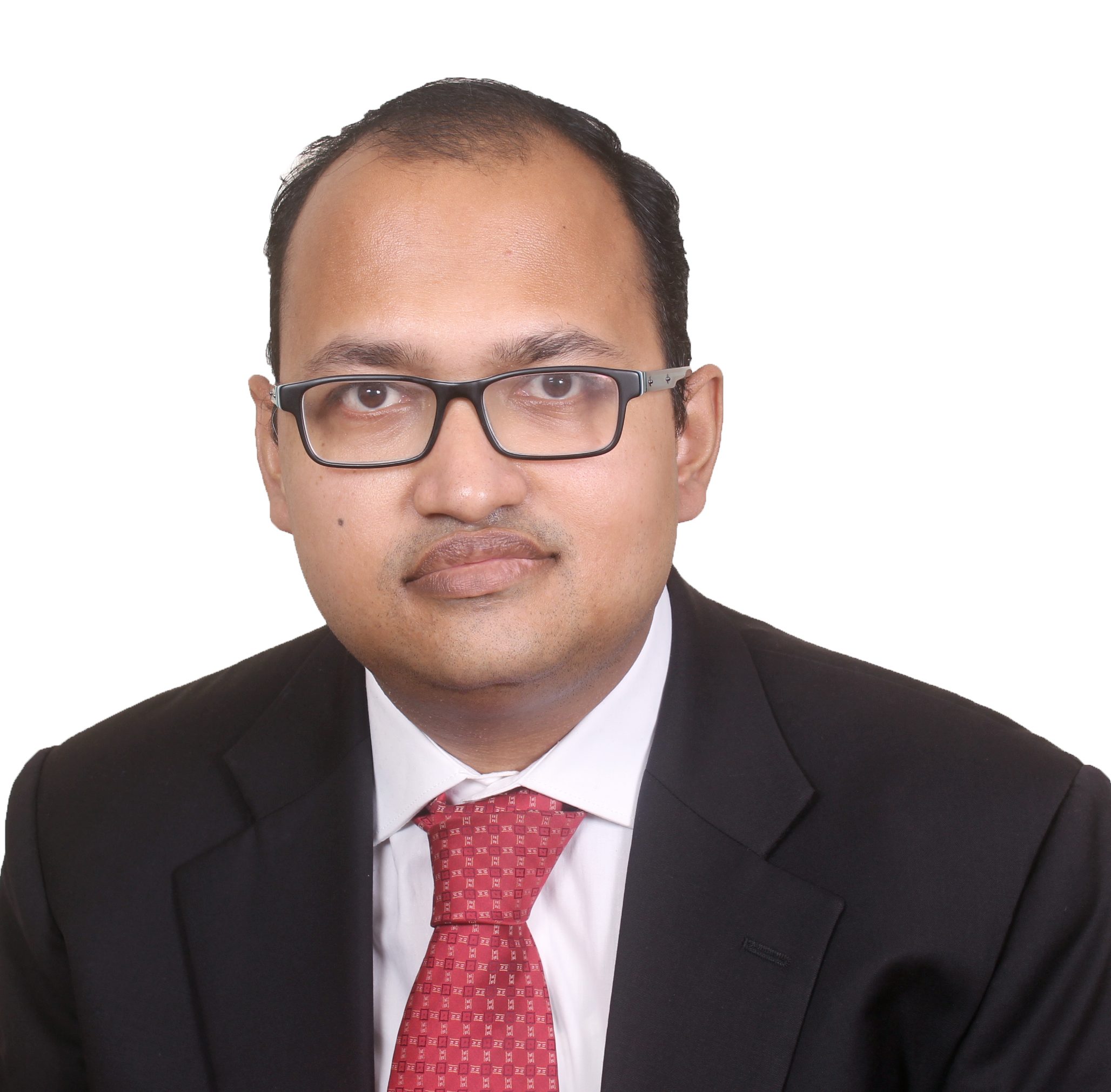Financial independence is when your passive income equals expenses. Many of us, busy in our daily routines, forget to assess whether we are working effectively. Passive income is income generated apart from the income/ salary/ profit we earn by working in a business.
There are multiple ways to reach the mountain. Let us explore the fundamentals of the journey.
Set a timeline
Many people who have succeeded in becoming financially independent through passive income generation have set a timeline. This acts like a stimulus and a reference point to take action. This in turn helps to grow oneself and one’s means as appropriate.
One of our clients moved overseas to expand his means as the opportunity was more relevant both professionally and financially. This helped him achieve his goals five years ahead of time.
Another way is to throw a party and announce the date once the purpose is achieved. The key thing is to look at, on an inflation basis, if it is sustainable.
Start with asset allocation
One of the ways for most of us is to look at fixed income ideas. Passive income on a fixed basis helps to:
- Reduce one’s fears of the future. Why start with fixed income? That is the financial foundation of all
- Plans to achieve goals in the right earnest
So what are the options?
Debentures: Secured debentures which are AA and above generate an effective yield of eight to nine per cent pre-tax basis are useful to start with. Being secured, the risk is lesser on these debentures.
What is the security? In case of NBFCs (Non-Banking Financial Company) receivables are the security. A key risk is delay on receivables especially in the case of relatively newer NBFCs.
Tax free bonds: Many of the tax-free bonds are attractive after the taxation slabs on the highest tax brackets. Today even an 5.4 per cent tax free bond is attractive to the taxpayer in the highest bracket.
Public Provident Fund: The humble PPF over a period of time delivers a return which is still better than many other options on a post-tax basis. The minus point associated with PPF is that one cannot park above Rs 150,000 in the PPF per person per annum. This reduces the relative attractiveness for many serious investors.
Debt funds: Short term funds on a three-year horizon are still attractive for many investors on account of the indexation benefit. This is still a good and relevant option for many investors.
Fixed income annuities: Many of these seem low return as they offer anywhere between five to six per cent on a post-tax basis. This is still a relevant option for many investors especially in situations when the world economy is challenging and is generating or is likely to generate sub optimal returns in the near term. Regardless of equity markets the bond investor enjoys peace of mind.
Equity/quasi equity opportunities: Equity as an asset class is favourable to build capital. In the current world economic environment interest rates are reducing. One is likely to see growth coming back if trade war conditions between the major economies reduce and allow for a favourable growth in trade.
This is the bedrock of many investment strategies going forward. However, what if the scenario does not materialise? What are the options?
Arbitrage funds: They are outperforming liquid funds in the current scheme of things. If volatility does not reduce, these remain an interesting option to explore and allocate capital.
Hedge funds: These come under the alternative investment fund route. Attractiveness from a taxation point of view has decreased slightly as the tax for the Rs 2 crore and above bracket is 42 per cent. However, one is likely to experience 10-12 per cent going forward on a real time basis.
Equity funds: Depending on one’s appetite and conviction one could look at equity funds with a three- to five-year view. Growth in capital also requires stretching of the patience and conviction muscles.
Thus, large and midcap funds remain our favoured categories.
Portfolio Management Services: It is a concentrated strategy relevant for investors who have their financial foundations in place. These can deliver a higher return. However, given the concentrated nature of the portfolio, one would also need to consider that risks on the downside can also be higher especially for thematic and midcap ideas.
Alternate/pre-IPO deals: These are as a matter of fact useful if you are open to the idea of staying invested for 10-15 years as capital markets can be quite dicey in terms of offering an exit opportunity as has been seen recently. This has happened between 1996-2003 which makes us cautious enough to challenge the value they bring to the portfolio.
Many wealth managers offer this as a novelty option, however, not recommended as the exit strategy is questionable and dependent on favourable market conditions to deliver.
Relatively we find small and medium enterprises (SMEs) IPOs a better option when capital markets get better over a period of time.
What are you waiting for? Start the journey and have fun!
Want to share how you thrive? Write to us at [email protected]


